By Michael Collins
For MarylandReporter.com
Gov. Hogan has received heavy criticism over his decision to cancel the Red Line light rail planned for Baltimore. In reaction, Democrats in the legislature passed HB1013—over Hogan’s veto—to force the governor to fund their priorities.
Some critics say Hogan should just go along with it. But that is wrong—Hogan should fight the spirit and letter of HB1013 tooth and nail.
Hogan’s cancellation of the Red Line was sound from the perspective of transportation policy, good governance and value to taxpayers. In no rational universe does the financial assessment of the proposed Red Line make sense. It is 14.1 miles long, includes a 4-mile tunnel, and it is supposed to cost “only” $2.9 billion. Recent transit projects around the country show why that cost estimate is pure fantasy.
The Central Subway line in San Francisco, for example, is a 1.7-mile extension of the Muni light rail. It has a one-mile tunnel and costs more than $1.5 billion. In Seattle, Washington, a 2-mile tunnel to replace an elevated waterfront highway will cost over $3 billion.
Against that reality, Democratic supporters of the Red Line claim—with a straight face—that the four-mile tunnel in Baltimore can be built for one quarter the cost of similar projects elsewhere.
After Hogan cancelled the Red Line Democrats in the state legislature passed—over Hogan’s veto—HB 1013, which directs the governor to use a special formula to rank transportation projects.
Delegate Robert Flanagan (R-9B, Howard County) provided an excellent analysis of HB1013. Flanagan was educated at Harvard University and Cornell Law School, has served nearly 20 years in Maryland’s House of Delegates and was Maryland’s Transportation Secretary. He knows the law, legislature, and transportation cold.
Flanagan went line-by-line through HB1013 and pointed out how it is stacked in favor of transit and against crumbling roads, bridges, and tunnels that most Marylanders use in their daily lives. It does so by creating a scoring system that, “… relies on neglecting highway needs in order to benefit transit. …”
Baltimore’s trolleys, Metro, light rail
Baltimore once had a vibrant privately owned trolley system. Starting in the late 1800s with horse-drawn trolleys and electrified in the early 1900s, it was convenient and helped Baltimore expand. But as the suburbs expanded, roads improved, and automobiles became more affordable, trolley lines died out.
In 1966, Baltimore developed a transit master plan that called for a renaissance of trolleys, today’s “light rail,” and a “heavy rail” Metro, similar to Washington’s. Baltimore’s Metro proved astronomically expensive, and, in the end, only one leg, running from Owings Mills to Charles Center, was built. Ever since it opened in 1983, high maintenance and operating costs make it run consistently in the red.
In the 1980s the light rail from Glen Burnie to Hunt Valley was sold to the public as cost effective because it would run on existing rail rights of way. Still, the cost to build it doubled from its advertised $360 million to more than $700 million.
The Glen Burnie to Hunt Valley light rail is an annual money loser, too. Although it is required by law to get 50% of its operating revenue from the fare box, it brings in less than 30%. Paid ridership remains far below that needed to achieve financial sustainability.
Money and power
So why do 21st century politicians want to plump down billions we don’t have to build a 20th-century transit system that was envisioned by people nostalgic for a 19th -century one, despite voluminous evidence showing such systems rarely make ends meet? Money and power.
The Democrats get the bulk of their support from trade unions. Think how grateful those unions would be to the politicians who made a potentially never-ending public works program. After all, if Seattle and San Francisco can spend more than a billion dollars per mile of tunnel, imagine what can be done with a 4-mile tunnel under Baltimore.
Critics who claim that Hogan “declared war on Baltimore,” or who suggest he should just go along with HB1013 are just playing their same old partisan games in hopes of restoring monopoly power to Annapolis in 2018.
Hogan is looking out for all Marylanders—not special interests—because all Marylanders have to pay for that boondoggle. And the Democrats in Annapolis hate when somebody spoils their party at the public trough.
Michael Collins can be reached at michaelcollins.capital@gmail.com.

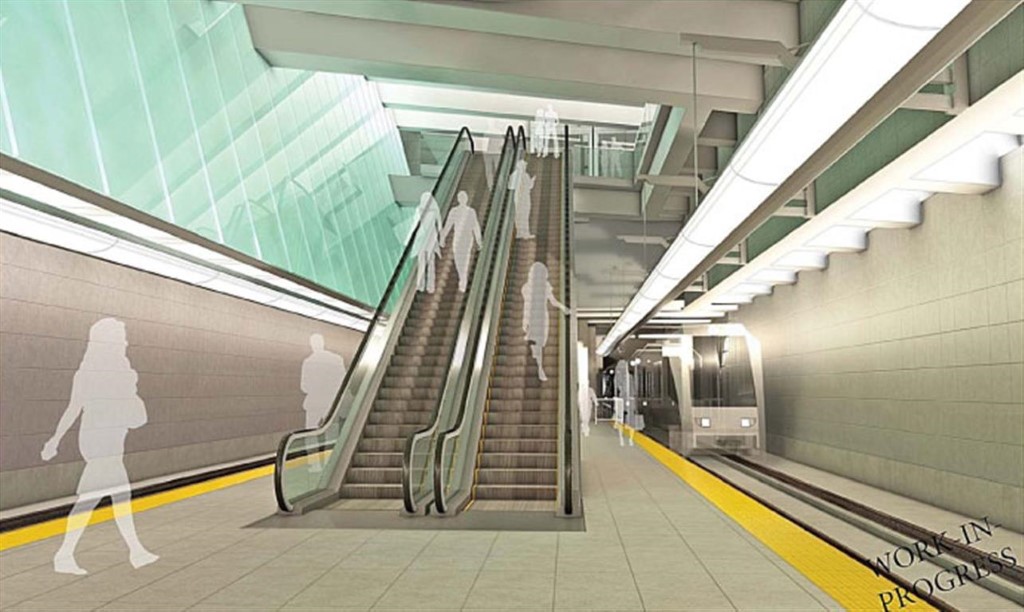
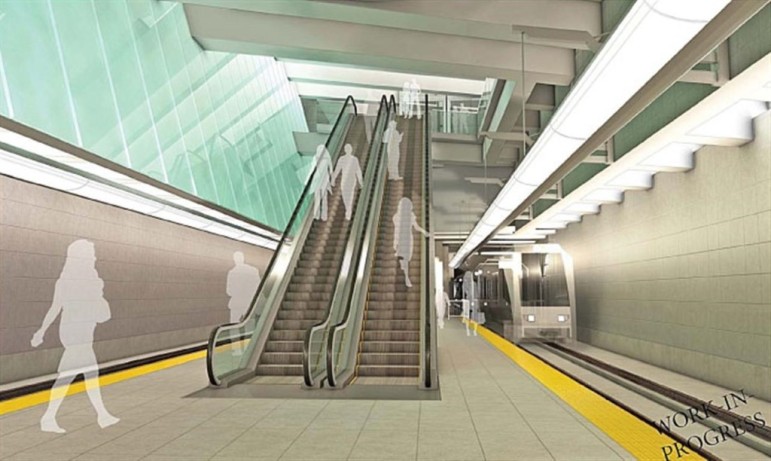
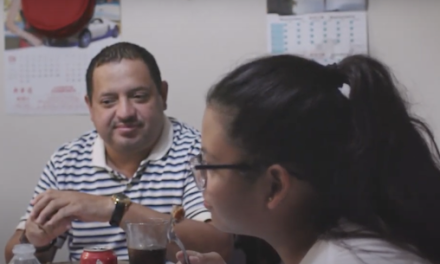
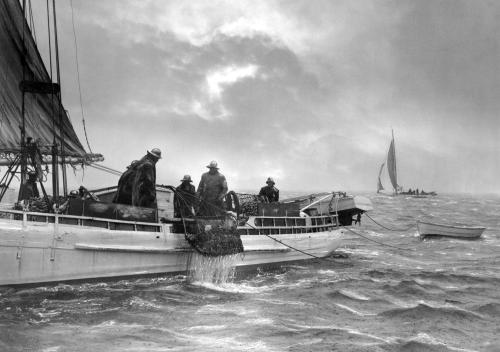
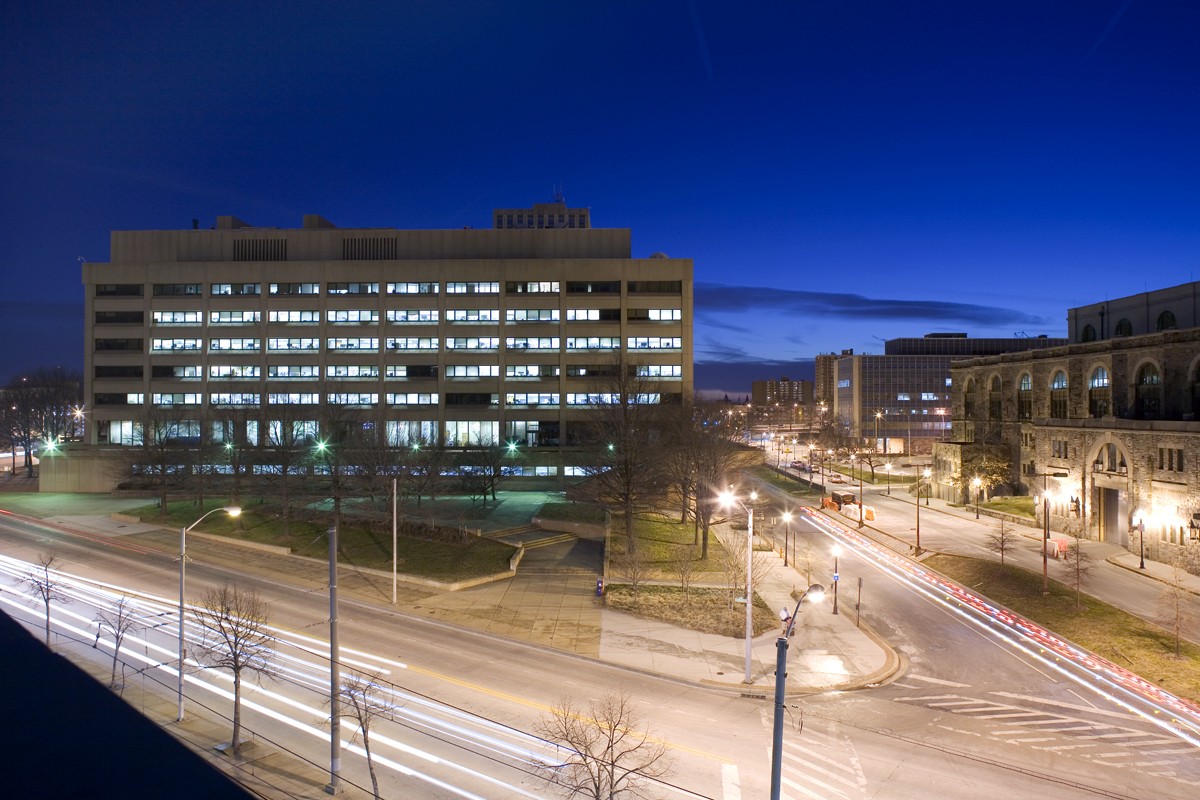
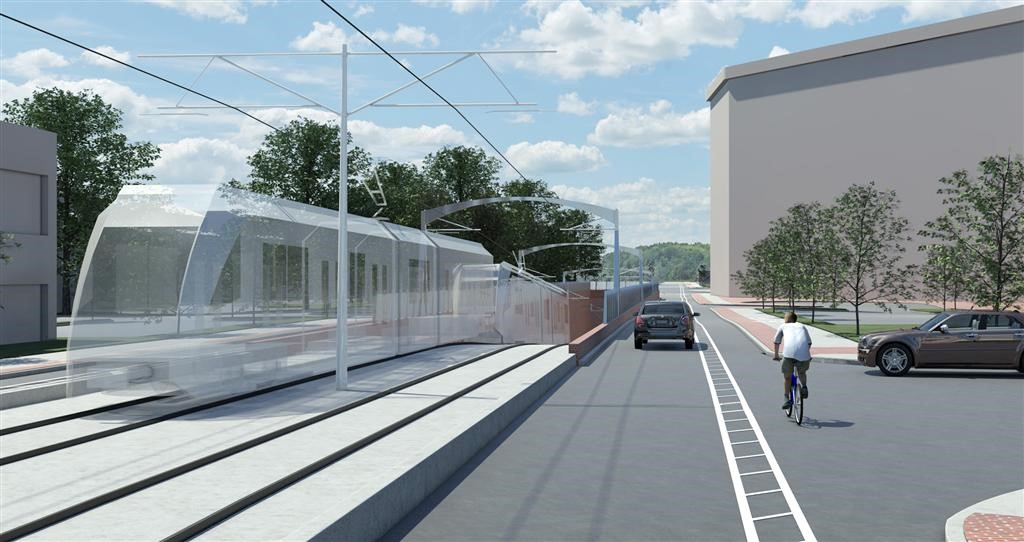

MS Fischetti is accurate and more.
the interchange for I-95 and I-695 cost more by itself than the entire existing light rail line, as did the I-695 and I-97(route 3) interchange. do these turn a profit,. has the ICC turned a profit something Mr Flannigan said would happen and hasn’t
Mr Collins is reading almost verbatim from the CATO foundation documents produced by their “expert” who has a degree in forestry not transportation.
the transit fare has more than doubled before the gas tax even went up a little no the transit riders mostly urban are subsidizing the car owning suburban and rural residents of the state, short haul urban transit does turn a profit. and as for that “private” company that owned the baltimore streetcar system, they were fould in court to be guilty of violating the Sherman Antitrust act. they were a holding company of highway interests who’s sole purpose was to destroy transit in the US so they could sell cars. the group was composed of defendants include: General Motors Corporation, in its own behalf and as
successor to Yellow Truck and Coach Manufacturing Company, a former
subsidiary; Mack Manufacturing Corporation, a Delaware corporation;
Phillips Petroleum Company; Standard Oil Company of California and its
wholly-owned subsidiary, Federal Engineering Corporation; and The
Firestone Tire Rubber Company
look it up
The conviction was affirmed upon appeal, in United States v. National City Lines, 7 Cir., 1951, 186 F.2d 562, and a petition for a writ of certiorari was denied. 1951, 341 U.S. 916, 71 S.Ct. 735, 95 L.Ed. 1351.
Briefly summarized, the offense with which these defendants were charged
in both actions was a conspiracy, beginning in 1937, to acquire or to
control a substantial part of the local transportation companies in the
various cities of the United States and to restrain and to monopolize
the interstate commerce in motor buses, petroleum products, tires and
tubes used by the companies so acquired and by those already controlled
or subsequently acquired by the City Lines defendants. This conspiracy,
it was charged, was implemented by the supplier defendants’ furnishing
money and capital to the City Lines defendants, in return for which the
City Lines agreed, on behalf of themselves and the operating companies
then controlled or subsequently acquired, to purchase substantially all
of their requirements of motor buses, petroleum products, tires and
tubes from the respective supplier defendants to the exclusion of
competitors.
streetcars didn’t die in Baltimore, they were pushed over the cliff by Natiional City Lines the then owner.
Unfortunately Mr. Collins does not like to read, specifically the language of the bill (HB1013) and subsequent Chapter 36 of 2016. Nor does he prefer to listen to hours of testimony (readily available to anyone with an Internet connection) on this Act.
There is nothing in the Maryland Open Transportation Investment Decision Act of 2016 which compels Secretary Rahn or Governor Hogan to choose ANY project over any other project. ALL funding decisions are retained by the Administration despite their thinly argued protestations to the contrary.
Flaws in his argument are furthers highlighted by his “pure fantasy” assertion that “Hogan’s cancellation of the Red Line was sound” because if San Francisco’s Muni light rail extension cost $1.5B for a 1.7 mile stretch, the 14.1 mile Red Line could never cost as little as $2.9B. Regrettably, the notion of “economy of scale” and fixed costs elude Mr. Collin’s reasoning. He is inferring that a project 8 times the length must cost 8 times the price.
All one needs to do is look at The Purple Line the Hogan Administration DID green light. 16.2 miles with a price tag of $2.4B; more, once Hogan pulled an old car salesman trick of reducing the state upfront contribution (down payment) and told us “saved us money”, when he merely financed more along with the increase in annual payments to the vendor.
No, Mr. Collins, the cost to be shovel ready is fixed. The construction equipment needed to build the project is also fixed. The labor and material will be factored based on length of both the line and construction time. In other words if a 2 mile build is $2B, a 4 mile build is not $4B. Much of the total cost is fixed regardless of length.
Furthermore Mr. Collin wants to stick in a reference to Seattle’s HIGHWAY (SR99) tunnel, a massive double deck super bore project by the firm, HNTB which Secretary Rahn was a former Senior Vice-President between 2010-15. How embarrassing that a former SVP would mislead the residents of Maryland about the viability of transit tunnels by conflating the SR99 Alaskan Way Viaduct replacement tunnel with the over 21 successful and under budget transit tubes constructed in Seattle at the same time.
Additionally Mr. Collins likes to assert the METRO is “consistently in the red”. Mr. Collins, this is the fallacy of farebox recovery mandates. This false notion of a need for profit. Transit is not to generate revenue, it is a common good which benefits users and the local economy. What folks like Collins will not tell you is the “consistently in the red” dynamics of public roads and the high cost of free parking which is deferred to ALL citizens, regardless of owning a car. They do not dare disclose the REAL and full cost of road construction, maintenance, expansion, and the necessary parking for such vehicles, nor would they discuss the dire environmental impacts of an unsustainable single modal transportation system. Trillions (adjusted for 2016 dollars) in total road acquisition, construction and maintenance since Maryland bought up all private roads in 1915 and congestion is worse than ever.
Clearly myopic ideologues like Collins need to take several seats….
#ControlBaltDelete map